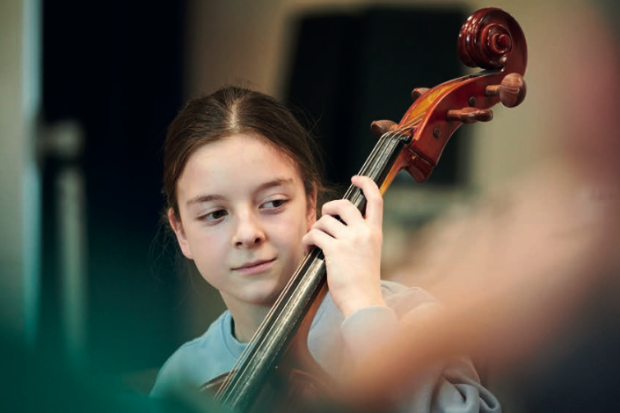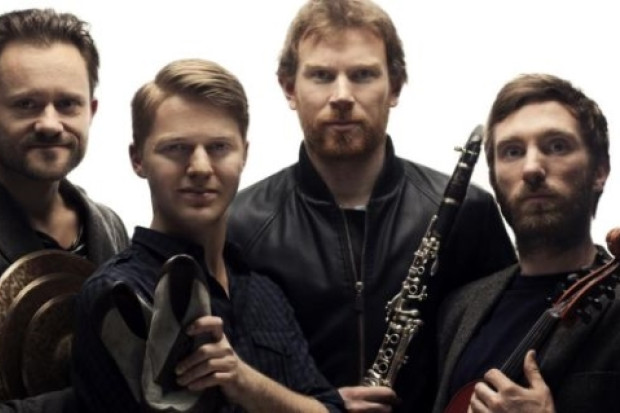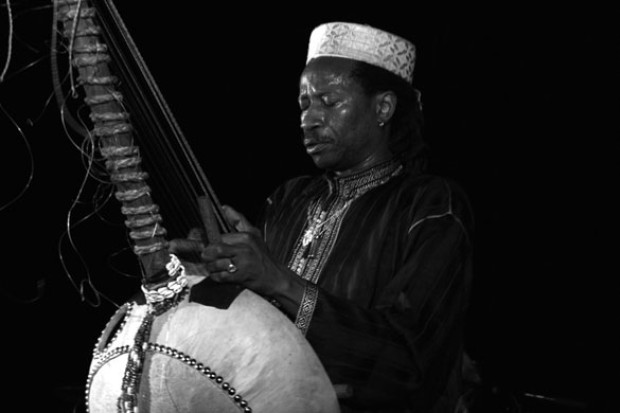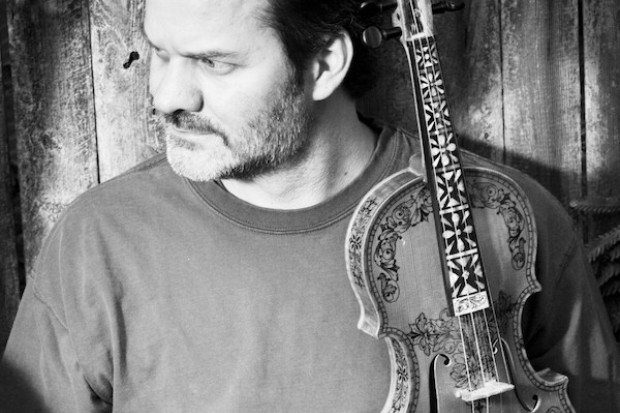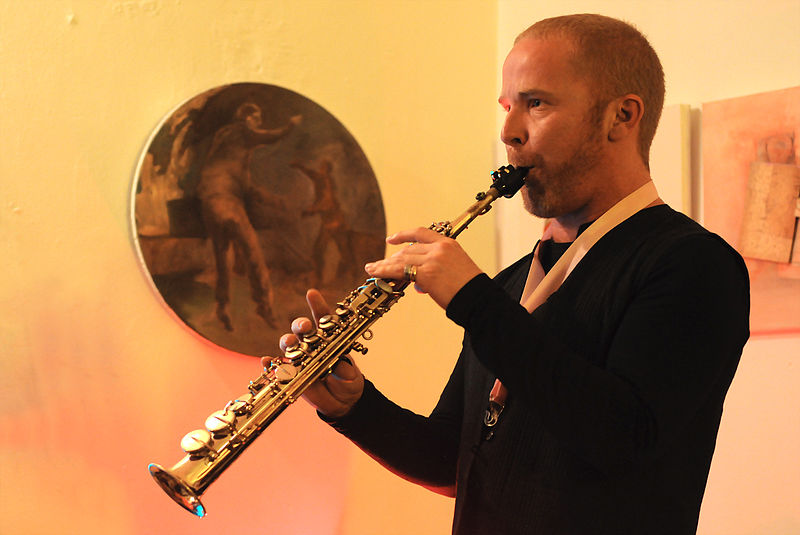
Hayden Chisholm
Love in Numbers
The New Zealand saxophonist and composer Hayden Chisholm is the focus of a concert taking place at Dublin’s St Audoen’s Church on Saturday, 9 February. Now based in Germany, Chisholm is known for composing music to the films and installations of the artist Rebecca Horn, as well as for his own microtonal saxophone technique, which he developed in the 1990s.
The Dublin performance, presented by Bottlenote Music Collective, will be in three sets. Opening the concert is the Irish reeds player Seán Mac Erlaine, who will perform a solo set of his own material for bass clarinet and live electronics. Mac Erlaine’s album Long After the Music is Gone was released last autumn.
The following two sets focus on Chisholm’s music, including his piece The Well-Tempered Sruti Box, for saxophone and sruti (a kind of Indian harmonium), and Love in Numbers, a saxophone quartet performed by Hayden and Mac Erlaine with Sam Comerford and Carolyn Goodwin. Love in Numbers is based on the intersection of the overtone series and the Fibonacci series resulting in ‘endlessly extending spiral of ever-alternating sixths with each interval leading perfectly to the next’.
Dissolve in the Music
Mac Erlaine, who is also behind the event’s organisation, spoke to The Journal of Music about his discovery of Chisholm’s music, his desire to bring him to Ireland to perform, and his fascination with the quartet Love in Numbers.
I can still clearly remember hearing Hayden’s playing for the first time with friends on a Root 70 record. It struck then as the playing of someone who was on the same path as me (but quite a bit further down it!). His tone and melodic approach are absolutely removed from the expectations of the instrument and the pattern-based improvisation of many jazz saxophonists. Hayden is, for me, an important example of someone working as a jazz musician who has simply stepped away from the parts of that tradition that don’t speak to him. When we first met about eight years ago, it was clear to us that we had many shared musical and aesthetic aspirations.
Later I began to become more and more interested in microtonality as an expressive device and was lucky to able to draw from some of his long learning in this area. In that sense, much of my work using alternate tunings, and so on, owe an awful lot to Hayden. Of course it’s impossible (and probably not useful or interesting) to separate out where the influences start, but I will endevour to play an improvised piece at St Audoen’s which does make sense to the music which will follow later in the evening.
Love in Numbers is an extremely rich piece of music. Hayden’s study of the fundamental nature of sound and nature has lead him to see connections between the overtone series and the Fibonacci series. It’s quite an experience to hear this music in a beautiful space and as a musician, this work feels incredibly special to perform as the players seem to dissolve in the music. There is no ‘me’ in this music but a sense of exploration and creative listening. The group dynamic is very much key to bringing this work to life, there’s no solos, no accompaniment. In fact when working with these tiny details of tuning it is extremely hard to hear your own instrument in the music, rather it’s a case of witnessing these strange and beautiful long slow chords and a myriad of aural illusions and fleeting mysteries.










